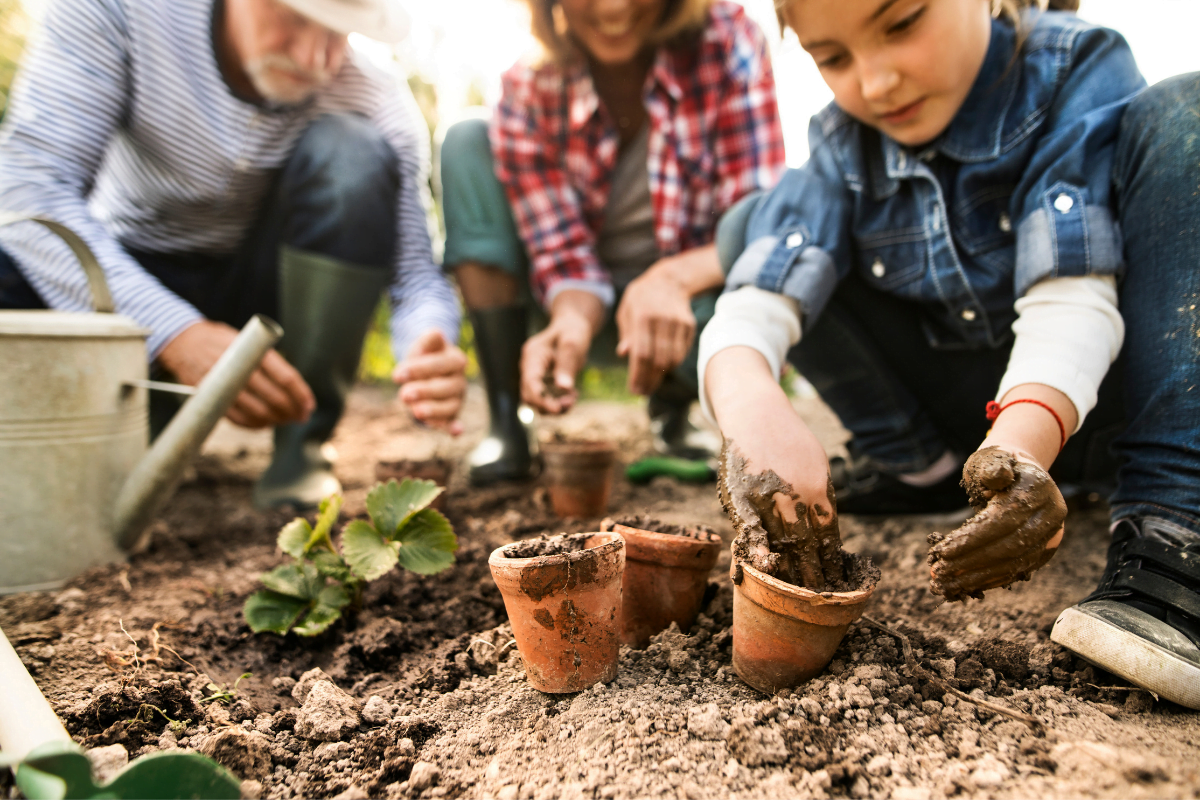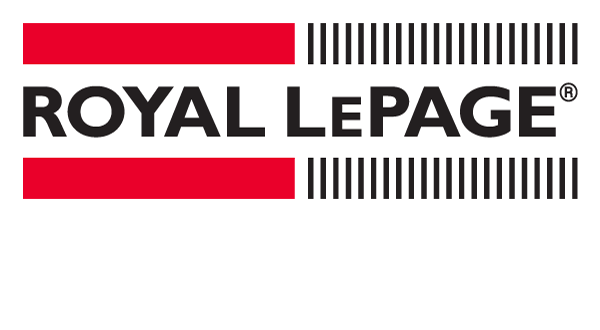
Spring has arrived in Calgary and summer will be here shortly! It’s the time of year when friends, family, and neighbors discuss their plans for the garden this year while comparing notes on past years, which vegetables to plant, and what kind of care to take for the best harvest.
In times of inflation and rising food prices, the thought may have crossed your mind several times that sourcing your food would definitely help save some money in the grocery budget. So, what is stopping you from planting your own garden?
Do you find the idea of gardening intimidating? Are you worried about your lack of a green thumb? Does your mind wander to the large plots of land that your parents and grandparents would labor over? Put those images aside and consider planting a raised square garden! It’s ideal for any new gardening beginner and astonishingly easy to do!
Neat and orderly with easy access, square gardens are ideal to build in any small space!
Benefits of a Square Garden:
Neat, tidy, and aesthetically pleasing! Wooden boxes can be stained to add warmth to your space, or painted to add colour.
No need to till and prepare the ground to prepare for a garden.
A square garden allows for easier access to all of the vegetables at once.
Fewer weeds and the ones that come through are easier to control.
They can be put anywhere! If your backyard isn’t big enough for a traditional garden of rows, you will appreciate that this can be done on a patio, deck, or a small plot in the backyard.
Space isn’t wasted because there aren’t any paths between rows like a traditional garden, and the soil stays loose since it’s not being stepped on.
Saves time on planting, maintaining, and harvesting.
You can harvest just as much produce from your square garden as you would if you planted them in rows, but it takes up a lot less space.
The best reason to raise your square garden is to help reduce stress on the knees and back and avoid aches and pains from bending over while tilling, planting, and weeding. Your body will thank you!
How to Build a Square Garden:
You can either purchase a premade bed or you can build your own! When building your own, be sure to use weather friendly wood, landscape fabric, and lining for the bottom of your box to keep the weeds out. You will want to add good soil as opposed to just using soil from your yard. Follow these steps to set up your own square garden:
Decide where you want to put your square garden and if you want to raise it.
Cut wood into desired foot lengths to create a square. Stack them as high as you want the box to be raised off the ground.
Line the bottom and sides of your square garden box with landscaping fabric if you are building it on the ground on top of the existing soil. This will help with weeds coming up.
Fill it with a trusted potting soil, ideally one with peat moss and compost.
Place a square grid over the box. You can either build your own grid using long thin slats of wood or order a fiberglass one easily online through Amazon. This will ensure that your plants are spaced evenly for optimal growth.
Plant the seeds or transplant any seedlings you may have already started to grow!
Planting your Square Garden:
The basic idea is to create a bed that divides evenly into one-foot squares. ( 2 feet by 4 feet, 4 feet by 3 feet, 8 feet by 4 feet, etc.) Each square on your grid becomes home to one kind of vegetable. Some vegetables, such as tomato and pepper plants will require one seed per square, while other vegetables like green beans, peas, and spinach are up to 9 seeds per square. Carrots and radishes can have up to 16 seeds per square. (You can also research online or speak to your local greenhouse as to which seeds you are able to plant together in the same square for more variety.)
Tip: Large vegetable plants such as asparagus, rhubarb, and artichokes are not ideal in a square garden. The leaves on these plants become extremely large and will grow over their neighboring vegetables This will make the overshadowed plants harder to grow in size.
Check online or with your seed supplier as to how many seeds you should be planting of each herb or vegetable in each square for optimal harvesting size.
There is nothing more rewarding than opening your back door, harvesting from your own garden, and enjoying the taste of dinner made with your own sourced food!
Contact a Fully-licensed Real Estate Agent
Looking for an experienced REALTOR® who specializes in real estate across Calgary? At Royal LePage® Benchmark we are here to help you.
